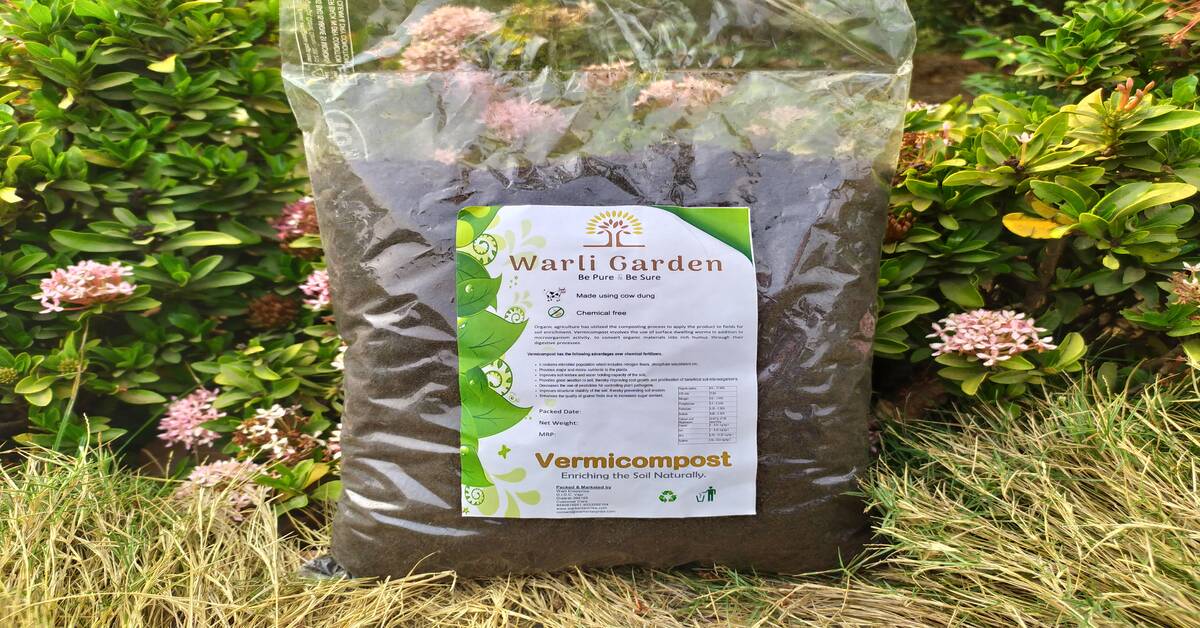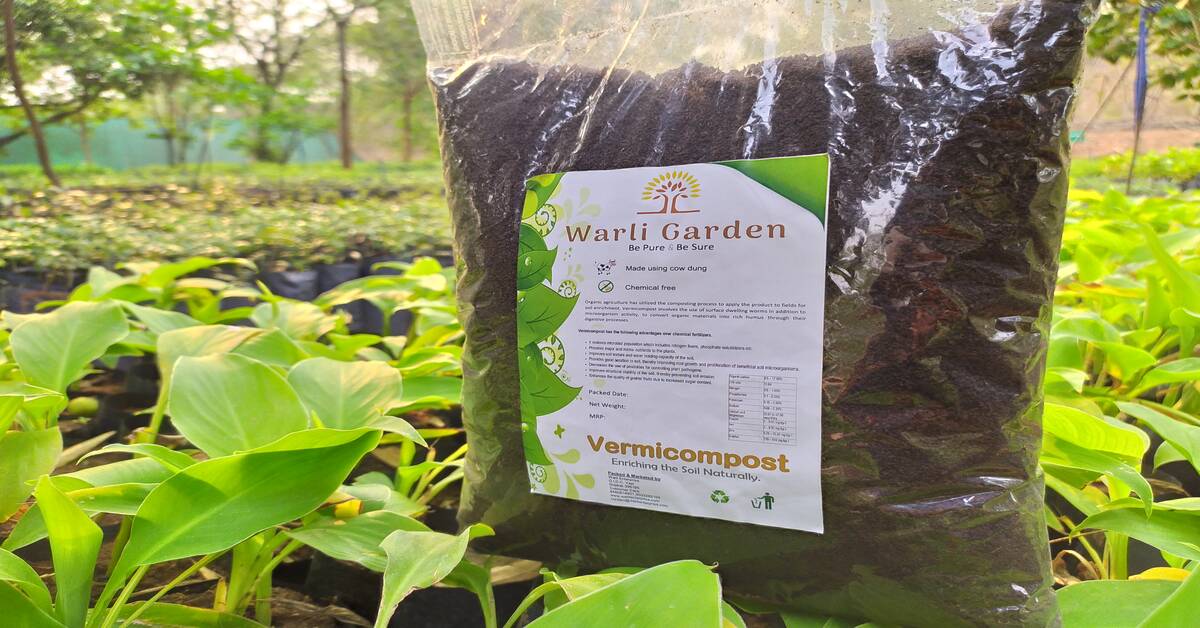An organic residue, with proper tillage and composting, which is used as a substrate and habitat for the Californian earthworm is transformed by it into an extraordinary fertilizer amendment.
The action of the earthworm produces a remarkable aggregate of bacteria that act on macromolecular nutrients, raising it to states that can be directly assimilated by plants, which is manifested in notable improvements in the organoleptic qualities of fruits and flowers, and greater resistance to pathogens.

The earthworm humus favors the formation of mycorrhizae, accelerates root development and the physiological processes of sprouting, flowering, maturity, flavor, and color. Its antibiotic action increases the resistance of plants to attack by pests and pathogens as well as resistance to frost.
The action of earthworm humus makes nutrients such as phosphorus, calcium, potassium, magnesium, and also micro and trace elements assimilable for plants.
Among other characteristics, the earthworm (Eisenia Foetida) contributes to the regulation of the acid-base balance, tending to neutralize the pH values of the soil. These and other peculiarities inherent in the digestive process of the worm, make the product produced by it have action as an amendment, fertilizer, and phytosanitary much superior to compost. It also has a longer processing time.
Vermicompost is a bio-organic fertilizer with a colloidal structure, a product of digestion, which appears as a crumbly, light, and odorless product, similar to coffee grounds. It is a finished product, very stable, rot-proof, and non-fermentable.
Humus has a very high microbial load, MPN of the order of 2 million per dry gram, protecting plants from other types of pathogenic bacteria and nematodes, against which it is especially indicated.
Its richness in trace elements provides the plants with substances necessary for their metabolism. As it has a neutral pH, it can be used without contraindications, since it does not burn plants, not even the most delicate ones.
In addition, it produces hormones, growth-regulating substances, and promoters of the vital functions of plants.
Vermicompost is known by many trade names in the world of vermicompost: casting, vermicompost, worm casting, and other trade names depending on the house that produces it. It is considered the best organic compost.

It is composed mainly of carbon, oxygen, nitrogen, and hydrogen, and a large number of microorganisms are also found. The amounts of these elements will depend on the characteristics of the substrate used to feed the worms.
Earthworms consume waste in the process of decomposition, that is, pre-digested by specialized microorganisms: bacteria, fungi, and others. These degrade proteins and cellulose, transforming them into simpler and easily assimilated substances.
Vermicompost is a fertilizer rich in phytohormones, substances produced by the metabolism of bacteria, which stimulate the biological processes of the plant. These growth-regulating agents are:
- The Auxin, which causes the elongation of the cells of the shoots, increases the flowering and the quantity and size of the fruits.
- the gibberellin favors the development of flowers, increases the germination power of the seeds and the size of some fruits.
- the cytokinin slows the aging of plant tissues, facilitates the formation of tubers and the accumulation of starches in them.
Vermicompost plays a transcendent role by correcting and improving the physical, chemical, and biological conditions of soils, as follows:
- Increases the availability of nitrogen, phosphorus, potassium, iron, and sulfur.
- Increases the efficiency of fertilization, particularly nitrogen.
- Stabilizes the reaction of the soil, due to its high buffering power.
- Inactivates pesticide residues due to their absorption capacity.
- Inhibits the growth of fungi and bacteria that affect plants.
- Improves the structure, giving looseness to heavy and compact soils and binding the loose and sandy ones.
- Improves porosity and, consequently, permeability and ventilation.
- Reduces soil erosion.
- Increases moisture retention capacity.
- Gives a dark color to the floor helping to retain heat energy.
- It is a source of energy, which encourages microbial activity.
- By existing optimal conditions of aeration, permeability, pH, and others, the microbial flora is increased and diversified.
Chemical Analysis
These values are typical and can vary greatly depending on the material used to make the vermicompost. On the other hand, is a natural product it does not have a constant chemical composition.
| Sr No | Organic material | 65 – 70% |
| 1 | Humidity | 40 – 45% |
| 2 | Nitrogen, as N 2 | 1.5 – 2% |
| 3 | Phosphorus as P 2 O 5 | 2 – 2.5% |
| 4 | C / N ratio | 10 – 11 |
| 5 | Bacterial flora | 2 x 10 6 colonies / gr |
| 6 | Sodium | 0.02% |
| 7 | Copper | 0.05% |
The earthworm humus is rich in nutritional elements, yielding fertility of 5 a 6 times more than with common manure.
The experiments carried out with vermicompost in different species of plants, demonstrated the increase in quality and quantity of the crops compared to fertilization with manure or chemical fertilizers.
Comparative fertility tests have been carried out with soils treated with chemical fertilizer and vermicompost. The results, after six years of experimentation, show that the first year the increase achieved with vermicompost was 250%, the second 100%, the third 70%. In experiments carried out with vegetables, aubergines were achieved in 65 days, tomatoes in 55 days, and chicory in 35 days.
Suggestions For The Application Of Vermicompost
Worm compost, like all organic compost, is used in spring and fall. It spreads over the surface of the ground, watering abundantly so that the bacterial flora quickly incorporates into the soil.
It should never be buried because its bacteria require oxygen. If applied at the time of planting, it favors root development. On the other hand, by making the soil more spongy, the frequency of irrigation decreases.
Vermicompost can be stored for a long time without altering its properties, but it must always maintain a certain humidity; the optimum is 40%.
The amount to be applied varies depending on the type of plant and its size:
| Sr No | CULTURE | BEGINNING | MAINTENANCE |
| 1 | Vegetables | 120 gr / plant | No |
| 2 | Seedbeds | 5 to 100% | No |
| 3 | Floriculture | 400 gr / m 2 | 200 gr / m 2 |
| 4 | Fruit trees | 3 Kg / tree | No |
| 5 | Trees | 2-3 Kg | 1 Kg |
| 6 | Rose bushes and woody | 500 gr | 1 Kg / m 2 |
| 7 | Grass | 1 Kg / m 2 | 500 gr / m 2 |
| 8 | Inside plants | mix 50% with the earth | 4 tablespoons per pot |
| 9 | Orchids | mix 10% with the earth | 1 tablespoon per pot |
| 10 | Flower pots 40 cm | 15 tablespoons | Repeat after 6 months |
| 11 | Flower pots 20 cm | 8 tablespoons | Repeat after 6 months |
Vermicompost Benefits & Uses
Vermicompost, organic fertilizer par excellence, is the product that comes out of the worm’s digestive tube.
- It is a dark-colored material, with a pleasant smell of forest mulch.
- It is clean, soft to the touch and its great biostability prevents fermentation or putrefaction.
- Contains a high enzymatic and bacterial load that increases the solubilization of nutrients, making them immediately assimilable by the roots. On the other hand, it prevents them from being washed away by irrigation water, keeping them in the soil for longer.
- Effectively influences seed germination and seedling development.
- Remarkably increases the size of plants, trees, and shrubs compared to other specimens of the same age.
- During the transplant, it prevents diseases and avoids shock from wounds or sudden changes in temperature and humidity.
- It can be used without problems in its pure state and it is free of nematodes.
- It favors the formation of mycorrhizae.
- Its antibiotic action increases the resistance of plants to pests and pathogens.
- Its neutral pH makes it extremely suitable to be used with delicate plants.
- Provides and contributes to the maintenance and development of the soil’s microflora and fauna.
- Promotes root absorption.
- Regulates the increase and activity of soil nitrifying microorganisms.
- Facilitates the absorption of nutritional elements by the plant. The microbial action of worm castings makes it possible for plants to assimilate minerals such as phosphorus, calcium, potassium, magnesium, and trace elements.
- It transmits hormones, vitamins, proteins, and other humifying fractions directly from the ground to the plant.
- Provides nitrogen, phosphorus, potassium, sulfur, boron, and releases them gradually, and intervenes in the physical fertility of the soil by increasing the active surface.
- Absorbs the reduction compounds that have been formed in the soil by natural or artificial compression.
- Improves the structural characteristics of the terrain, loosening the clay and adding the sandy ones.
- Neutralizes eventual contaminating presences (herbicides, phosphoric esters).
- Avoid and combat iron chlorosis.
- Facilitates and increases the efficiency of mechanical fieldwork.
- Due to the high content of humic and fulvic acids, it improves the chemical characteristics of the soil.
- Improves the quality and biological properties of farm products.
- Increases resistance to frost.
- Increases water retention of soils (4-27%) reducing water consumption in crops. For this reason, in addition to its properties as a fertilizer, it is being used on golf courses to reduce the high water consumption of these facilities.

